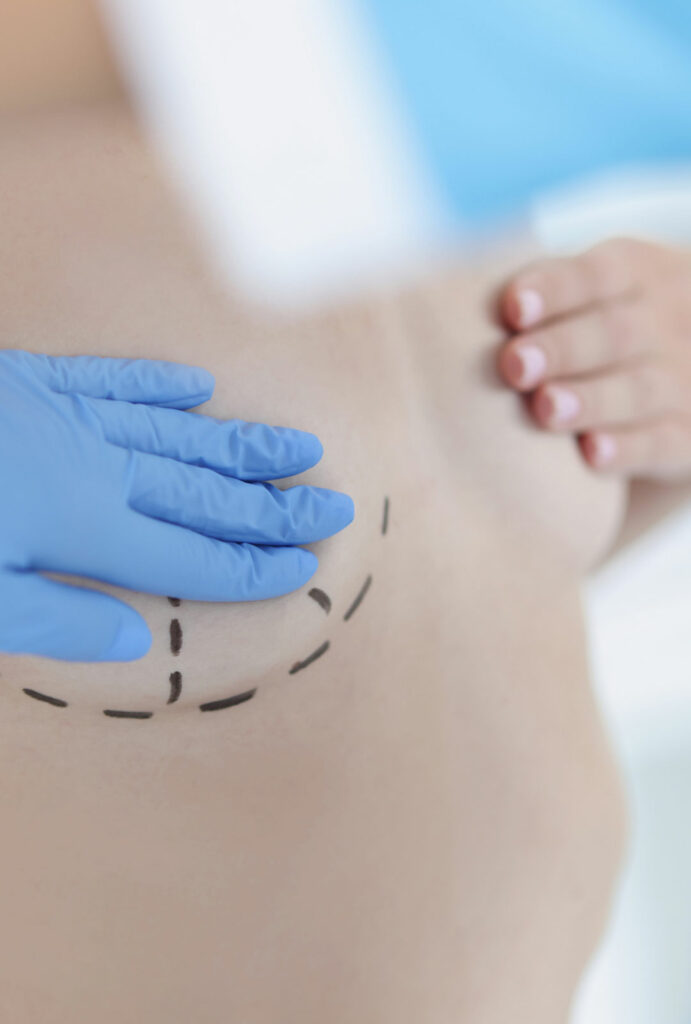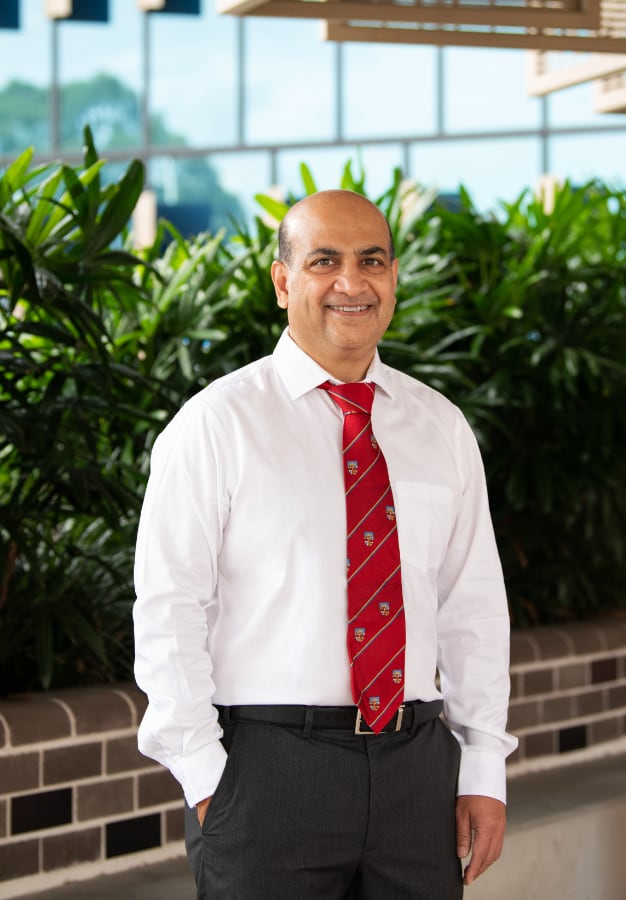Breast augmentation, also known as augmentation mammoplasty, is a surgical procedure designed to enhance the size and shape of a woman’s breasts using implants.
This procedure can help women achieve their desired breast size, restore breast volume lost after weight reduction or pregnancy, and improve the overall balance of their figure.
Breast augmentation is one of the most popular cosmetic procedures worldwide, including in Australia.

Breast augmentation can address various conditions and aesthetic concerns, including:
Several factors can contribute to breast volume loss and asymmetry, including:
Inframammary Incision
Periareolar Incision
Transaxillary Incision
Transumbilical Incision (TUBA)
In Australia, breast augmentation is a well-regulated and widely performed procedure by experienced plastic surgeons. The process typically begins with an in-depth consultation to discuss the patient’s goals, examine the breasts, and determine the most suitable implant type and surgical technique.
During this consultation, the surgeon will also explain the risks and benefits of the procedure and set realistic expectations for the outcomes.
Patients are usually advised to:
Breast augmentation is typically performed under general anaesthesia and usually takes between one-to-two hours. The surgeon will make the chosen incision, create a pocket either under the pectoral muscle (submuscular placement) or directly behind the breast tissue (subglandular placement), and insert the implant.
The incisions are then closed with sutures, and dressings or bandages are applied to support the breasts during the initial recovery.
Recovery from breast augmentation varies, but most patients can expect to return to normal activities within a week, although strenuous activities and heavy lifting should be avoided for at least four-to-six weeks. Swelling and bruising typically subside within a few weeks, and the final results become more apparent as healing progresses.
The results of breast augmentation are generally long-lasting, providing an enhanced and more proportionate breast appearance. While implants do not prevent the natural ageing process, most women enjoy the benefits of their surgery for many years.
Breast augmentation can have significant psychological benefits, enhancing self-esteem and confidence. Many women feel more comfortable and confident in their appearance, which can positively impact their social and professional interactions.
Breast augmentation is a safe and effective procedure for women seeking to enhance their breast size and shape. In Australia, experienced plastic surgeons perform this procedure with great success, helping patients achieve a more balanced and attractive figure.
Whether addressing congenital conditions or aesthetic concerns, breast augmentation can provide transformative results.
For more information or to schedule a consultation, please contact our clinic. Dr Atul Ingle has significant experience performing breast augmentation (implant) surgery and is dedicated to helping you achieve your aesthetic goals and enhancing your overall quality of life.
He has 20+ years of experience in plastic and reconstructive surgery and holds two Master of Surgery Degrees. He is the Head of the Plastic and Reconstructive Surgery Department at Townsville University Hospital.
If you have a question about a condition or treatment, or would like to book an appointment, please contact us and one of our friendly staff members will happily assist you.
